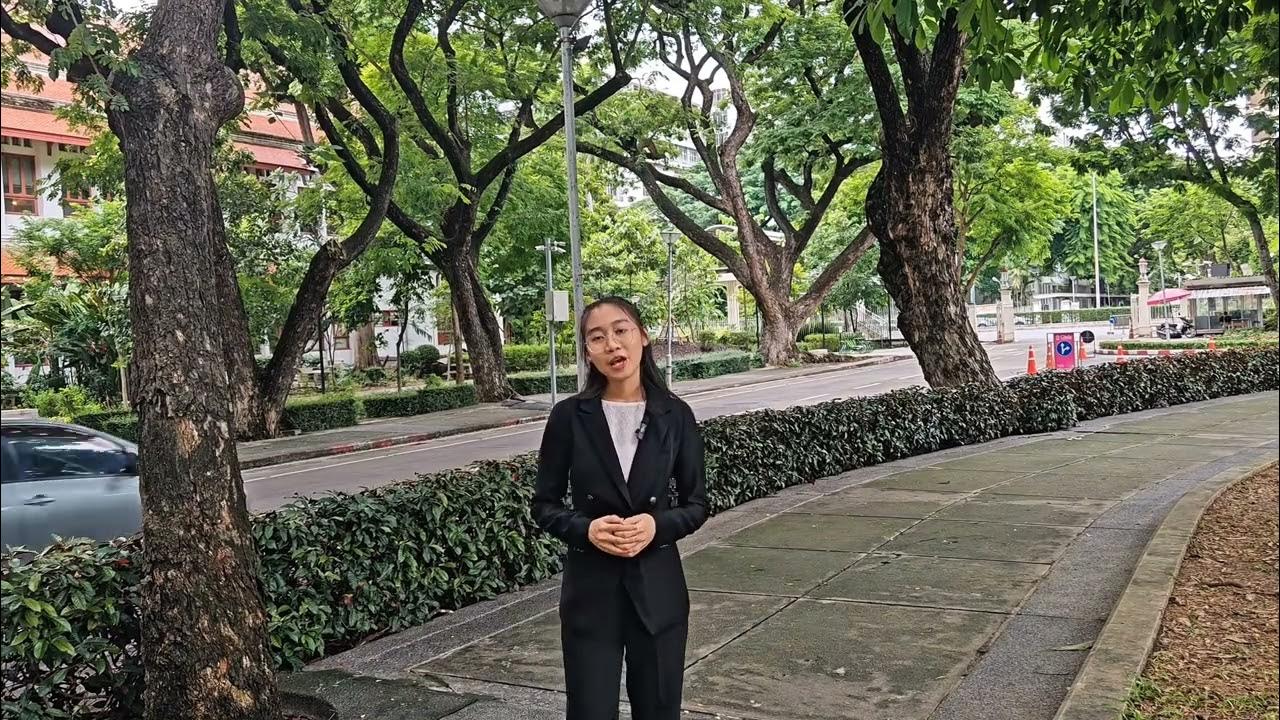How We Can Keep Plastics Out of Our Ocean | National Geographic
Summary
TLDRThe video script highlights the alarming issue of plastic pollution in our oceans, with 8 million metric tons of plastic waste entering the sea annually. It emphasizes the need for a systemic shift from a linear 'take-make-dispose' model to a circular economy where plastic packaging never becomes waste. The script also addresses marine pollution from various sources, including industrial, agricultural, and urban waste, which contribute to oxygen-deprived dead zones in the sea. It stresses the importance of soil health in agriculture for water quality and suggests that improving soil organic matter can prevent nutrient leaching, benefiting both farmers and the environment. The video calls for collective action and adaptation of new practices to tackle this global challenge.
Takeaways
- 🌊 **8 Million Tons of Plastic Pollution**: Every year, 8 million metric tons of plastic trash enters the sea from land, contributing to global marine pollution.
- 🌍 **Global Impact**: The equivalent of five plastic bags filled with trash is deposited on every foot of the world's coastlines, affecting marine ecosystems worldwide.
- 🔄 **Plastic Circulation**: Plastic trash in the ocean is dispersed by global currents, breaking down into smaller pieces that are ingested by marine life and sink to the seafloor.
- 🌐 **Global Production and Distribution**: Plastics can be made and sold anywhere in the world, highlighting the need for a unified approach to address the plastic packaging problem.
- 🔄 **The Need for a New Paradigm**: To solve the plastic packaging issue, we must transition from a linear 'take-make-dispose' model to a circular economy where plastic can be recovered and reused.
- 💡 **The New Plastics Economy**: The ultimate goal is to create an economy where plastic packaging never becomes waste, requiring a systemic change from every participant in the supply chain.
- 🌿 **Marine Pollution Beyond Plastics**: Pollution comes in various forms, including industrial, agricultural, and urban waste, which can lead to oxygen depletion in marine ecosystems and the creation of dead zones.
- 🌱 **Agriculture's Role in Pollution**: Nutrient pollution, largely from agriculture, can be managed by focusing on soil health and organic matter to prevent nutrient leaching.
- 🚜 **Challenges for Farmers**: Changing farming systems to address nutrient pollution is complex and requires learning new processes and practices for effective implementation.
- 🌾 **Soil Health and Water Quality**: Improving soil organic matter is crucial for both farmer productivity and maintaining water quality in bays and oceans.
Q & A
How much plastic trash enters the sea from land each year?
-8 million metric tons of plastic trash enters the sea from land every year.
What does the equivalent of 8 million metric tons of plastic trash represent in terms of plastic bags and coastline?
-The equivalent of 8 million metric tons of plastic trash is like having five plastic bags filled with trash for every foot of coastline around the world.
What percentage of all marine pollution is made up by plastic waste?
-Plastic waste makes up 80% of all marine pollution.
How does plastic trash in the ocean affect marine life and ecosystems?
-Plastic trash in the ocean breaks down into smaller pieces, which are ingested by species across the marine world. This can lead to the disruption of marine ecosystems and the creation of dead zones.
What is the ultimate goal of the new plastics economy?
-The ultimate goal of the new plastics economy is to design an economy where plastic packaging never becomes waste.
What needs to change in order to solve the plastic packaging problem?
-To solve the plastic packaging problem, we need to effectively rethink the entire system from a linear 'take-make-dispose' model to one where plastic can be recovered and fed back into the economy as a valuable material.
Which sectors contribute to marine pollution?
-Marine pollution comes in many forms from industrial, agricultural, and urban waste.
How can nutrient pollution be managed?
-Nutrient pollution can be managed through changes in major contributing systems like agriculture, focusing on soil health and organic matter to prevent nutrient leaching.
Why is soil health critical for water quality?
-Soil health is critical for water quality because organic matter in the soil can hold onto nutrients like phosphorus and nitrogen, preventing them from leaching into water bodies and affecting aquatic ecosystems.
What is a challenge faced by farmers when changing their system to reduce nutrient pollution?
-Changing their system is tricky and requires a lot of work. Farmers need to learn different processes and practices to effectively manage soil health and reduce nutrient runoff.
How many locations across the globe already have dead zones due to sustained pollution?
-There are already more than 400 locations across the globe that are considered dead zones due to sustained pollution.
Outlines

هذا القسم متوفر فقط للمشتركين. يرجى الترقية للوصول إلى هذه الميزة.
قم بالترقية الآنMindmap

هذا القسم متوفر فقط للمشتركين. يرجى الترقية للوصول إلى هذه الميزة.
قم بالترقية الآنKeywords

هذا القسم متوفر فقط للمشتركين. يرجى الترقية للوصول إلى هذه الميزة.
قم بالترقية الآنHighlights

هذا القسم متوفر فقط للمشتركين. يرجى الترقية للوصول إلى هذه الميزة.
قم بالترقية الآنTranscripts

هذا القسم متوفر فقط للمشتركين. يرجى الترقية للوصول إلى هذه الميزة.
قم بالترقية الآنتصفح المزيد من مقاطع الفيديو ذات الصلة

Could Plastic-Eating Bacteria Save The Planet?

How Single-Use Plastics Harm Our Planet | Asma Riaz | IKAN

Estamos criando um oceano de plástico? | MARES LIMPOS #1

ASEAN Youth Video Speech Challenge - Phyu Thazin Thin

Plastic Pollution is Killing Wildlife | Oceana Canada

PLÁSTICOS no MAR 🛍️🌊 Causas, consequências e soluções!
5.0 / 5 (0 votes)
